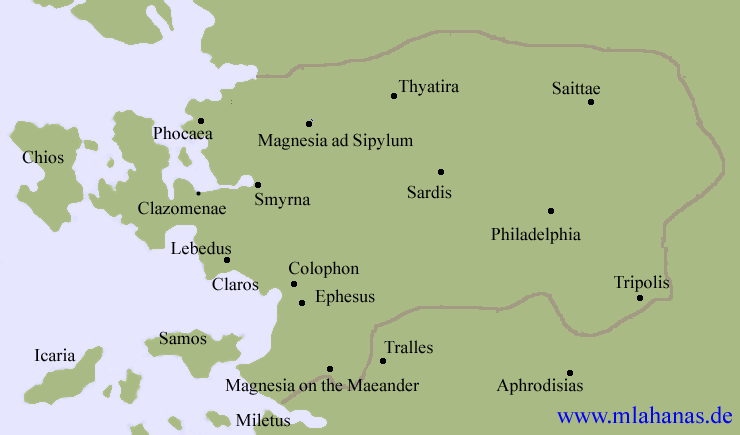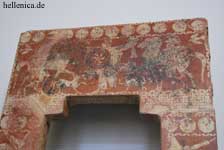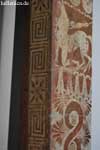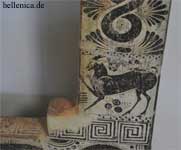.

Clazomenae or Klazomenai (modern Kelisinan), was an ancient town of Ionia and a member of the Ionian Dodecapolis (Confederation of Twelve Cities), on the Gulf of Smyrna, about 20 miles west of that city.
Though not in existence before the arrival of the Ionians in Asia, its original founders were largely settlers from Phlius and Cleonae. It stood originally on the isthmus connecting the mainland with the peninsula on which Erythrae stood; but the inhabitants, alarmed by the encroachments of the Persians, removed to one of the small islands of the bay, and there established their city. This island was connected with the mainland by Alexander the Great by means of a pier, the remains of which are still visible.
During the 5th century it was for some time subject to the Athenians, but about the middle of the Peloponnesian War (412 BC) it revolted. After a brief resistance, however, it again acknowledged the Athenian supremacy, and repelled a Lacedaemonian attack.
Under the Romans Clazomenae was included in the province of Asia, and enjoyed an immunity from taxation. The site can still be made out, in the neighbourhood of Vourla, but nearly every portion of its ruins has been removed. It was the birthplace of the philosopher Anaxagoras often styled "Anaxagoras of Clazomenae. It is famous for its painted terracotta sarcophagi, which are the finest monuments of Ionian painting in the 6th century BC.
| Ancient Greece
Science, Technology , Medicine , Warfare, , Biographies , Life , Cities/Places/Maps , Arts , Literature , Philosophy ,Olympics, Mythology , History , Images Medieval Greece / Byzantine Empire Science, Technology, Arts, , Warfare , Literature, Biographies, Icons, History Modern Greece Cities, Islands, Regions, Fauna/Flora ,Biographies , History , Warfare, Science/Technology, Literature, Music , Arts , Film/Actors , Sport , Fashion --- |
Retrieved from "http://en.wikipedia.org/"
All text is available under the terms of the GNU Free Documentation License







